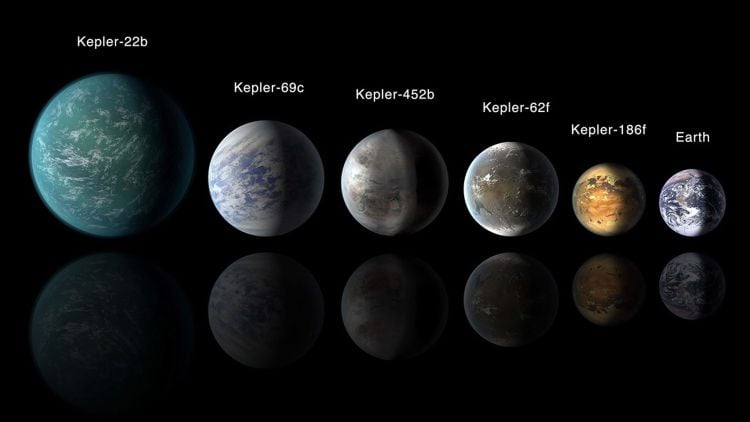What role can the relationship between oxygen (o2) and ozone (O3) have in exoplanet atmospheres when detecting bisignatures? This is a study recently presented by the Astronomy & Astrophysics that hopes to be an international team of researchers to examine new methods for the identification and analysis of earth atmospheres. This study has the potential to help scientists to develop new methods for identifying exoplanter biosignatures and potential life as we know them.
For the study, the researchers used a number of climate models to examine how O3 can be used to identify O2 due to their non -linear relationship, which means that their data follows a curved shape instead of a straight line. This means low levels of O2 of the same low O3 mirror and vice versa. The climate models included all types of stars, including sizes (largest to small: o, B, A, F, G, K, M), temperature classification (0 to 9) and current state of evolution (Roman digits 0 to VI), including whether it is a main sequence star (identified by AV). For the context, our sun is a G2V star.
https://www.youtube.com/watch?v=UctGIXMM-E4
This study is the third paper in a series of studies by the same team of researchers with the overall goal of identifying O3 to identify O2 in earth -like atmospheres. The first paper examined the entire O2-O3 relationship, examined in the second paper how Lachoxide (N2O) influenced the O2-O3 relationship, and this latest article examines how methane (CH4) influences the O2-O3 relationship.
In the end, the researchers found that although fluctuating level of CH4 changes the O2-O3 relationship, but is strongly dependent on the amount of O2 and the host star, especially the temperature. In addition, the team found that model scenarios with a high degree of CH4 and O2 oral star with higher temperatures meant that CH4 was converted into water (H2O), which changed the atmospheric temperatures and the amount of O3 was influenced.
The study states: “These results complicate the use of O3 as a proxy for O2, but also offer additional instructions for future observations. In this study, we have now shown that the varying CH4 relationship affects the O2-O3 relationship, which is influenced as well as N2O, but in different ways. Use the O2 content of the atmosphere.
Of the almost 6,000 confirmed exoplanets, there are currently dozens of examples of potential earth-like exoplanets, including Kepler-186f, Kepler-1649c and Trappist-1e, which are about 580 and 301 and 40 light years from the earth. While Kepler-186f and Kepler-1649c have masses and radii that have a slightly larger than the earth, the Trappist-1e will have a mass and a radius of 0.69 and 0.92 of the earth.
In addition, all of these exoplanet stars of the type M-Type, which are smaller and cooler than our sun. This similar pattern is observed with other potential earth-like exoplanets, as more than half of them circle the star M-Type stars. This has changed the understanding of where we can identify earth-like worlds because our sun is a G-type, and the scientists originally expected to find earth-like exoplanets to find similar stars.
https://www.youtube.com/watch?v=fZ497behpm
While M-Type stars are smaller and cooler, they also have longer lifespan than G-Type stars. While Type G-Type stars have a lifespan of around 10 billion years, it is estimated that M-Type stars can have a lifespan of potentially hundreds from billions to trillion from years, which increases the possibility of life that may be on exoplanets.
How will O3 scientists help to identify O2 in the coming years and decades in earth -like atmospheres? Only time will say it, and that’s why we know!
As always, they continue and continue looking!


Comments are closed, but trackbacks and pingbacks are open.